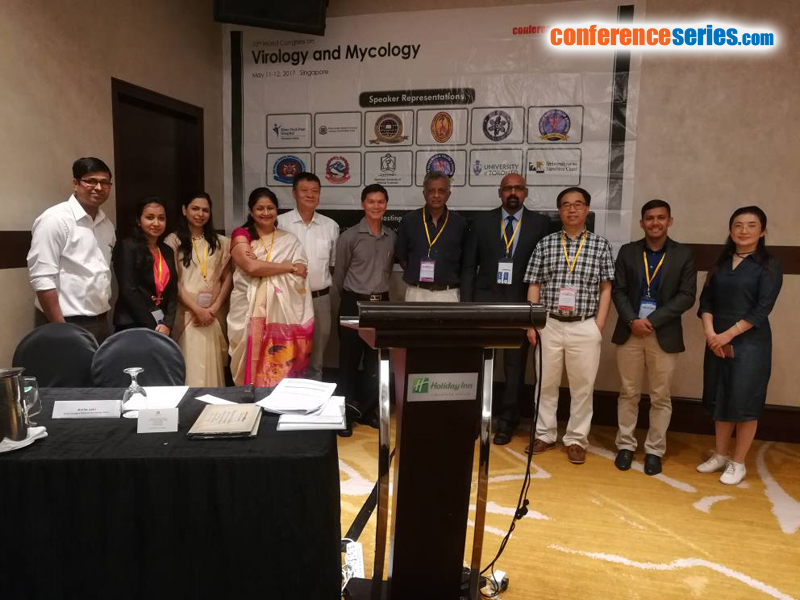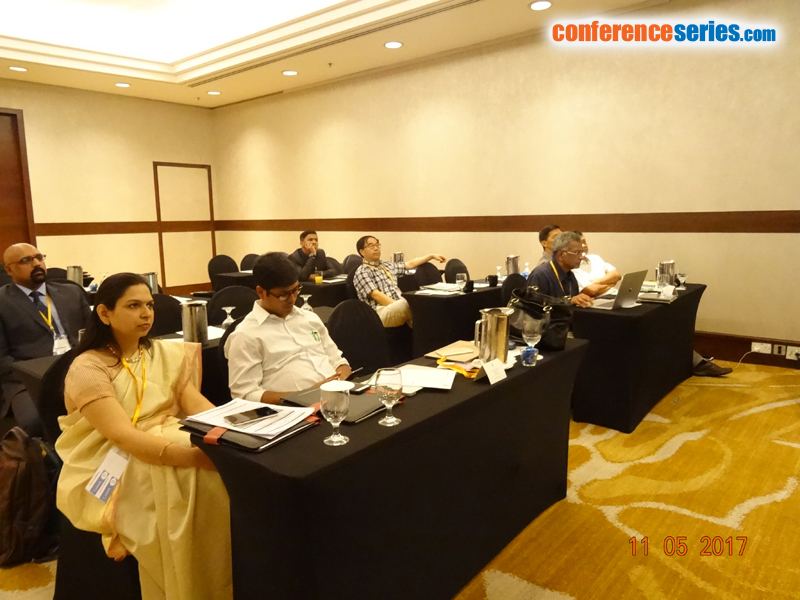
Parul Jain
King George’s Medical University, India
Title: Etiology of acute encephalitis cases in South East Asia
Biography
Biography: Parul Jain
Abstract
Statement of the Problem: Acute Encephalitis Syndrome (AES) is defined as acute onset of fever and a change in mental status and/ or new onset of seizures (excluding simple febrile seizures) in a person of any age at any time of the year. Several etiologies, including viruses, bacteria, fungi, parasites and toxins have been described as the causative agents of AES. This session will discuss the various etiologic agents of AES with special emphasis on viruses prevalent in South East Asian countries.
Methodology & Theoretical Orientation: We extensively reviewed the published literature on incidence and etiology of AES in outbreak and non- outbreak settings in different Asian countries and explored newer viruses or genotypic changes in viruses already known to cause AES in these countries.
Findings: The most common cause of AES in South East Asian countries is still Japanese Encephalitis Virus, despite the availability of an effective vaccine. This may be due to the recently reported genotype shift phenomenon. Besides JEV, other viruses that have been incriminated to cause AES in this region include Dengue, Chikungunya, West Nile Virus, Enteroviruses, Herpesviruses, Paramyxoviruses (Measles virus, Nipah virus), Human Parvovirus B19 and Parvovirus 4, Parechovirus, Adenovirus, Rabies virus, Kyasanur Forest Disease virus and Chandipura virus. The dominance of viruses varies with the geographical region and season. Encephalitis affects people of all ages, though pediatric age group is most commonly affected. A slight male predominance has been observed.
Conclusion & Significance: Since a wide range of viruses can cause AES, surveillance is essential for identifing the geographically predominant etiological agents for better management of patients as well as for formulating targeted prevention strategies.






